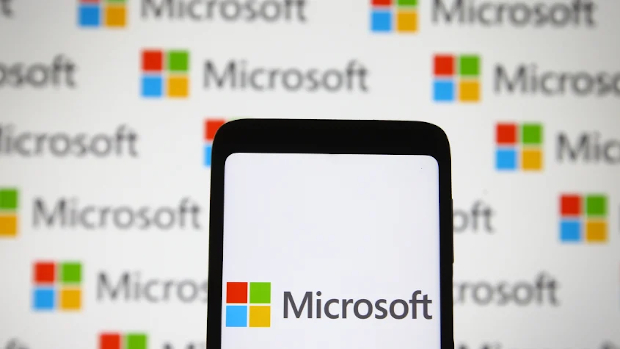
Partners petition Microsoft over programme changes
When I started writing about the channel at MicroScope back in the old days, it was impressed upon me that our job was to try and reflect the views of people working in partner organisations and channel businesses.
Over the 11 years I spent there in various roles, it was always assumed the publication served as a platform for channel partners to inform vendors and distributors of what they really thought about a whole host of issues such as partner programmes, incentive schemes, rebates, contracts, licensing schemes, product supply etc, etc.
It provided a channel for partners to air their views in public to vendors in a way that was much harder to ignore than on a one-to-one basis. Unsurprisingly, vendors and distributors sometimes didn’t like what they read in the magazine because it didn’t correspond with how they thought their initiatives or announcements should be received by their partners.
It’s one of those strange paradoxes that at a time when vendors are falling over themselves to endorse and recognise the vital role the channel plays in their go-to-market strategy, much more so than they did back in the 80s and 90s, the role of the channel press appears considerably diminished compared to its heyday in the 80s and 90s.
So it was interesting to see an article on the MicroScope website highlighting what may well become a new vehicle for giving vendors feedback on their initiatives and proposals: the online petition.
Perhaps it shouldn’t come as too much of a surprise that the petition is becoming a platform for letting vendors know if something they propose isn’t quite as popular or beneficial as they’d like to believe – or as they’d like their partners to believe. After all, petitions are becoming effective mechanisms for people to register their disapproval with government policies and to try and prompt changes. In a number of countries (such as the UK), petitions that reach a certain threshold in terms of signatures can prompt the legislative body to initiate a debate on that topic. No wonder one of the biggest platforms for online petitions is called change.org.
Will it live up to its billing when it comes to channel partners and vendors? A Microsoft partner in Australia called ‘George’ is putting the notion to the test with a petition seeking to register disapproval of the vendor’s proposed changes to its partner programme.
Landing a punch
To date, the petition has attracted more than 600 signatures. It’s fair to say that ‘George’ doesn’t pull any punches. The petition describes the upcoming changes to the Microsoft Partner Network programme in October 2022 as “yet another attempt by Microsoft to eliminate their loyal 400,000 partners across the globe”. It accuses the vendor of shifting emphasis in the programme to ‘sell, sell, sell’ at all costs and says the introduction of a new partner capability score “will be impossible to achieve” for the vast majority of partners.
The petition ends by claiming the only beneficiary of the changes will be Microsoft, adding that the vendor’s “objective is and always will be to cut down the 400,000 loyal partners”.
The petition has had some effect in terms of generating publicity. Not including this column, it has been written about by MicroScope, CRN and IT Pro UK. But while it’s fair to say the petition has garnered publicity for the substance of its complaints, it’s also probably true to say it has hit the headlines because of the nature of the platform being used to air those grievances.
The good thing about petitions is that they don’t require a high level of engagement from people to take flight and become effective. As a result, it’s possible to drum up support to get more people engaged and involved compared to many other possible forums for expressing concern or discontent. They are easy to share with people who might be interested while the targets and results are highly visible.
The old expression that “there is strength in numbers” is very apt when it comes to examining the effectiveness and attraction of petitions. You can’t govern or base important decisions solely on petitions, because they can be abused and manipulated, but they can often be a good gauge of the strength of feeling on a particular issue.
It probably says something about how successful the petition is that something used as a call for change since the 1600s should be viewed as such an effective mechanism to try and achieve change in the 2020s.








Subscribers 0
Fans 0
Followers 0
Followers